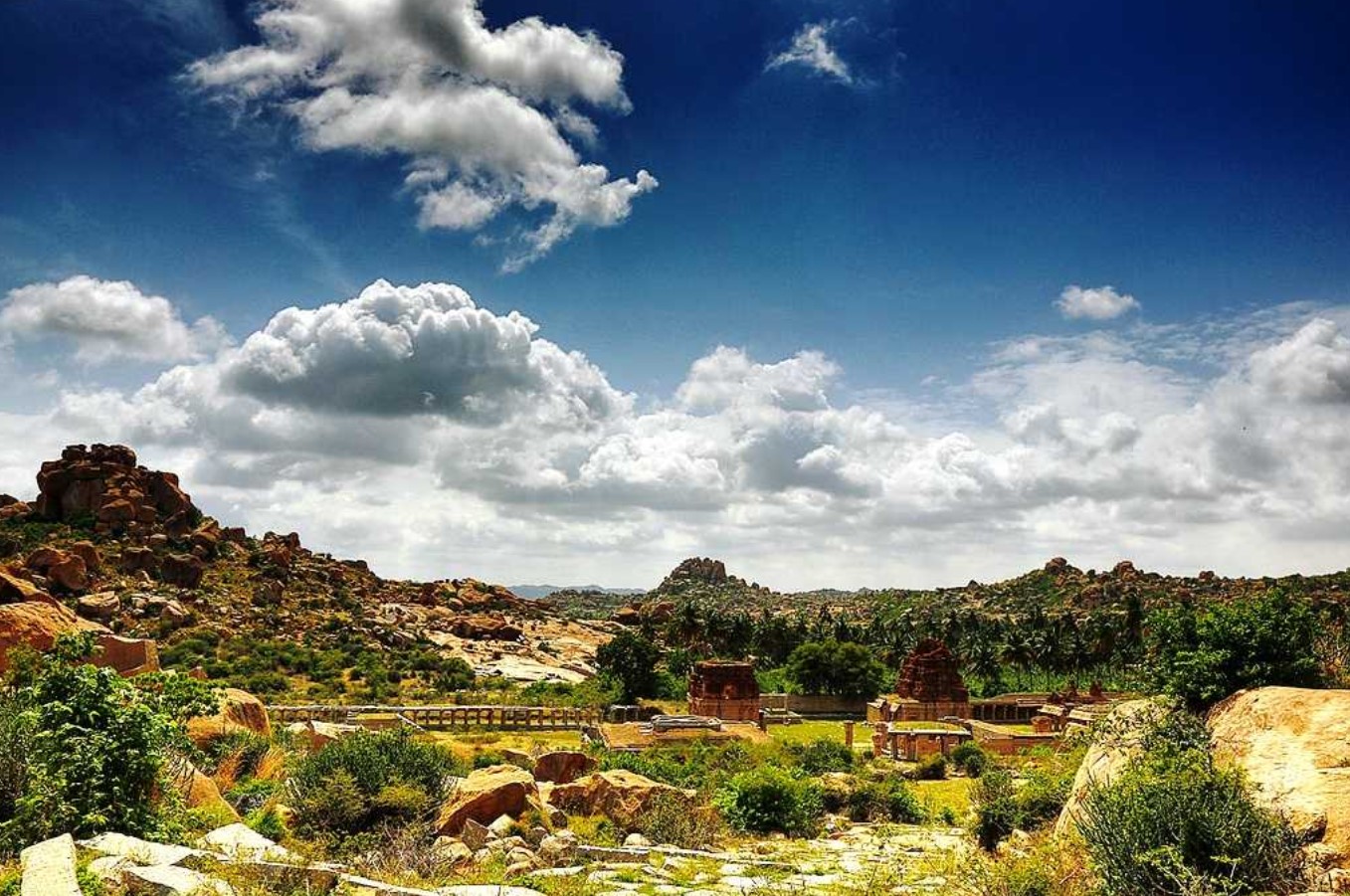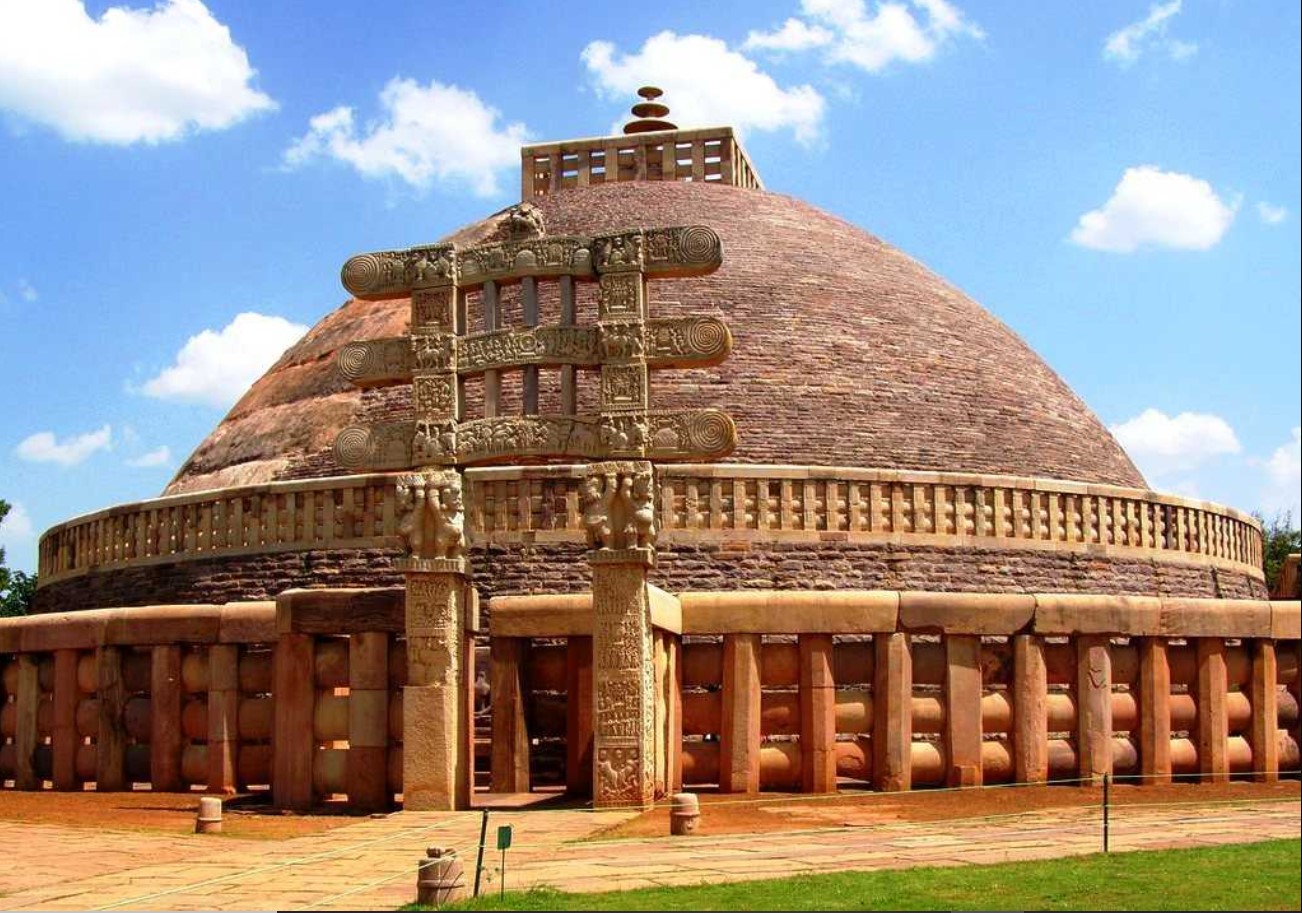Cultural and Natural Mixed World Heritage Site in India.
1. Taj Mahal, Agra

one among Seven Wonders of the planet, White Marble Mughal Architecture, the Taj Mahal was built by emperor Shah Jahan within the memory of his wife, Mumtaj Mahal. It’s located at the bank of river Yamuna in Agra. it had been completed in 1653 with the estimated cost of 32 million Indian rupees which might today get up to 58 billion Indian rupees. it’s considered because of the best example of Mughal architecture worldwide and is named the “Jewel of Muslim Art in India”. this is often probably the monument that’s most recognized the planet over for its association with the Indian heritage sites
2. Khajuraho, Madhya Pradesh

Located in Madhya Pradesh, Khajuraho may be a famous UNESCO World Heritage site in India. Khajuraho may be a unique heritage site that is renowned for a gaggle of Hindu and Jain Temples situated 175 km south-east of Jhansi. they’re documented for his or her Nagara style symbolism and erotic figures and sculptures. Most of those monuments were built between 950 to 1050 CE under the reign of the Chandella dynasty. It consists of a complete 85 Temples spread across a neighborhood of 20 square kilometers. The Kandariya temple is the most prominent of all of those temples within the Khajuraho complex.
3. Hampi, Karnataka

Hampi may be a UNESCO World Heritage site located within the Northern part of Karnataka. It lies within the ruins of the traditional, prosperous kingdom of Vijayanagar. The ruins at Hampi are a set of heritage sites depicting the superb Dravidian sort of art and architecture. The foremost significant heritage monument during this site is the Virupaksha Temple, which continues to be a big religious center for the Hindus. There are several other monuments which are a neighborhood of this heritage site; Together, they’re collectively referred to as the ‘Group of Monuments at Hampi’. a number of the opposite known ones include the Krishna temple complex, Narasimha, Ganesa, Hemakuta group of temples, Achyutaraya temple complex, Vitthala temple complex, Pattabhirama temple complex, Lotus Mahal complex, several puras or bazaars surrounding the temple complex, and also quarters and residential areas.
4. Ajanta Caves, Maharashtra

One of the primary World Heritage sites in India, the Ajanta Caves go back to around 2nd century BCE to 650 CE and contains the foremost beautiful masterpieces of 31 rock-cut Buddhist cave monuments, paintings, and sculpture. The caves vary inbuilt two different phases. The design of Ajanta art and architecture has had a revolutionary impact on the way in which Indian art and architecture have progressed all throughout history. Having mainly carvings and sculptures associated with the lifetime of Buddha, one can say that this marks the start of Indian Classical Art.
5. Ellora Caves, Maharashtra

The Ellora Caves are a famous World Heritage site in India and an archaeological site, ranging 29 kilometers Northwest of the town of Aurangabad. The Ellora Caves are documented for his or her Indian-rock cut architecture. There are about 34 rock-cut temples and caves that may be dated to about 600 to 1000 AD, which are essential in terms of understanding the lives of the people living in these times.
6. Bodh Gaya, Bihar

Bodh Gaya is found almost 96kilometrese faraway from Patna, Bihar, and is one among the Indian heritage sites recognized by UNESCO. It’s a crucial religious center for the Buddhists as this was the place where Mahatma Buddha attained enlightenment. The holy Bodhi Tree is the site where Siddhartha gained Enlightenment and has become Gautam Buddha. The famous Mahabodhi Temple has established within the reign of Ashoka the good in about approximately 250 BCE. It’s one of the earliest Buddhist temples.
7. Sun Temple, Konark, Odisha

Not very far away from the famous beach town of Puri, the Sun Temple at Konark may be a 13th-century temple situated in Konark, Odisha. It was built by King Narasimhadeva I of the Eastern Ganga Dynasty in around AD 1250. The Sun Temple is within the shape of a big chariot with a carved stone wheel, pillars, and walls and is led by six enormously carved horses. It’s also considered to be one of the most important brahmin sanctuaries in India. This World Heritage Site in India reflects the grandeur of the normal sort of Kalinga Architecture, which was prevalent then.
8. Red Fort Complex, Delhi

Situated within the center of the historic city of the latest Delhi, the Red Fort was built by Emperor Shah Jahan when he shifted his capital from Agra to Delhi, or what was referred to as Shahjahanabad at that point. Mughal art and architecture reached its zenith, and therefore the Red Fort is that perfect example of that. One can see the blending of Indo-Islamic, Timurid, Hindu, and Persian sorts of architecture in several facets of the Red Fort. It’s made from red sandstone and houses several other smaller buildings like the private pavilions, the Diwan-i-aam, the Diwan-i-Khas. The Red Fort is one of the foremost famous UNESCO World Heritage Sites in India and is managed directly by the Archaeological Survey of India.
9. Sanchi, Madhya Pradesh

The Buddhist Monuments located at Sanchi in Madhya Pradesh are a manifestation of Heritage of India, and that they are the oldest stone structures in India. Initially commissioned by emperor Ashoka in the 3rd century BCE, the Sanchi Stupa is found 46-kilometer north-east of Bhopal. Its core was a hemispherical brick structure built over the relics of Buddha and was crowned by the Chatra which symbolizes rank. The stupa was vandalized during the 2nd century BCE and renovated during the Satavahana Period when the gateways and therefore the balustrade were built and colored. Aside from the Sanchi stupa, several other structures exist here, like monolithic pillars, temples, palaces, and monasteries. It remained a crucial pilgrimage site for the Buddhists till about 12th century AD, after which the faith declined in popularity.
10. Chola Temples, Tamil Nadu

These temples were inbuilt Southern a part of India during the rule of the Chola empire. The Brihadisvara Temple, the Temple at Gangaikonda Cholapuram, and therefore the Airavatesvara Temple are the foremost important of all of those temples. The Brihadisvara temple was built under the reign of Rajaraja 1 and maybe a milestone when it involves Chola architecture. The temple at Gangaikondacholapuram was patronized by Rajendra 1 and was dedicated to Lord Shiva. and therefore the Airavatesvara temple was built during the time of Rajaraja II and is aesthetically different from the opposite two. These temples stand testimony to the architectural splendor and wonder of Chola art, architecture, and sculpture. These temples live temples and therefore the rituals and festivities which were observed by people thousands of years ago, are still held. Hence, these three temples reflect the traditional culture and heritage of the Tamilians and form an inseparable part of their ancient history.




